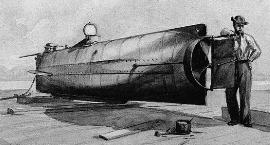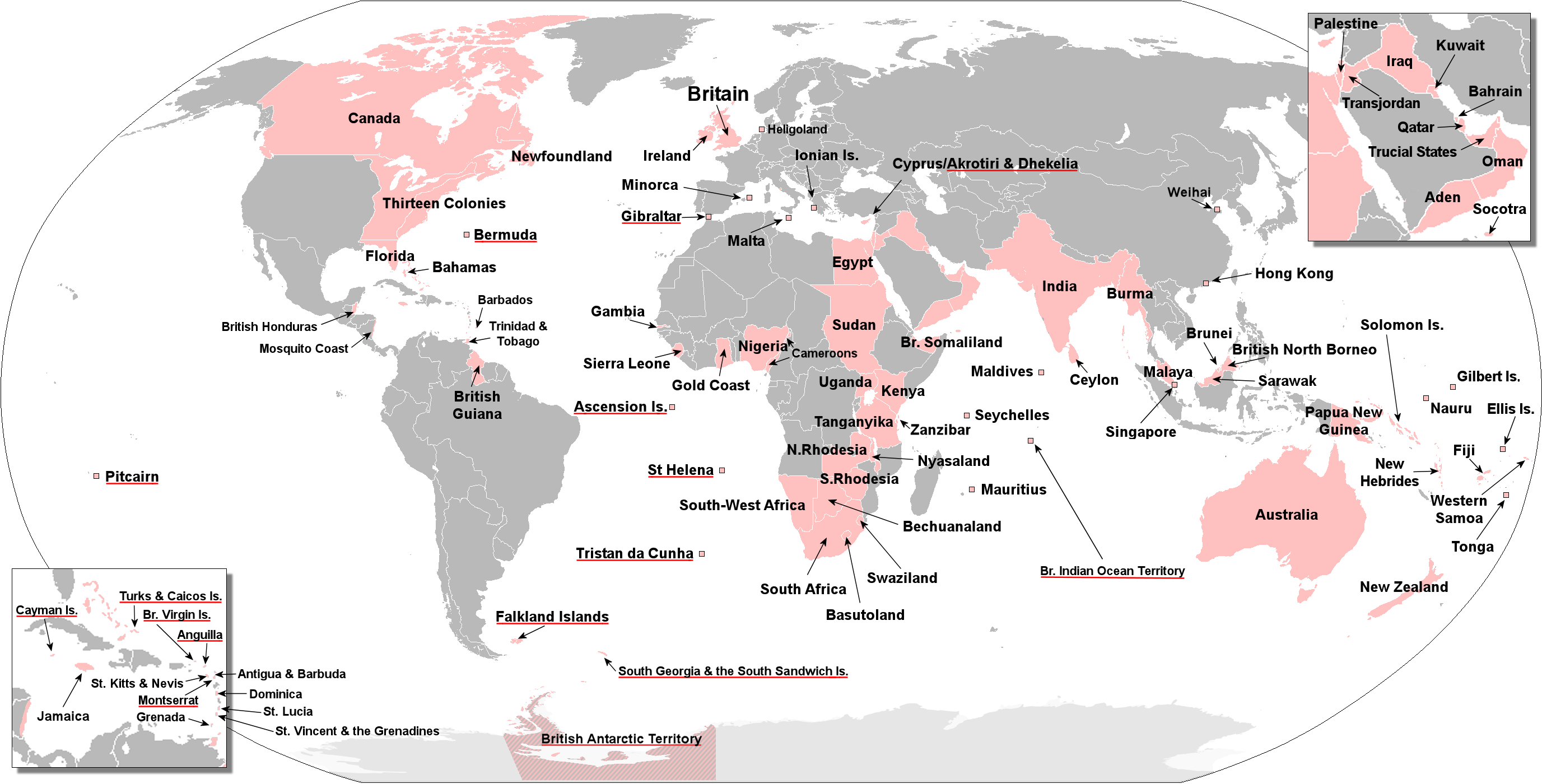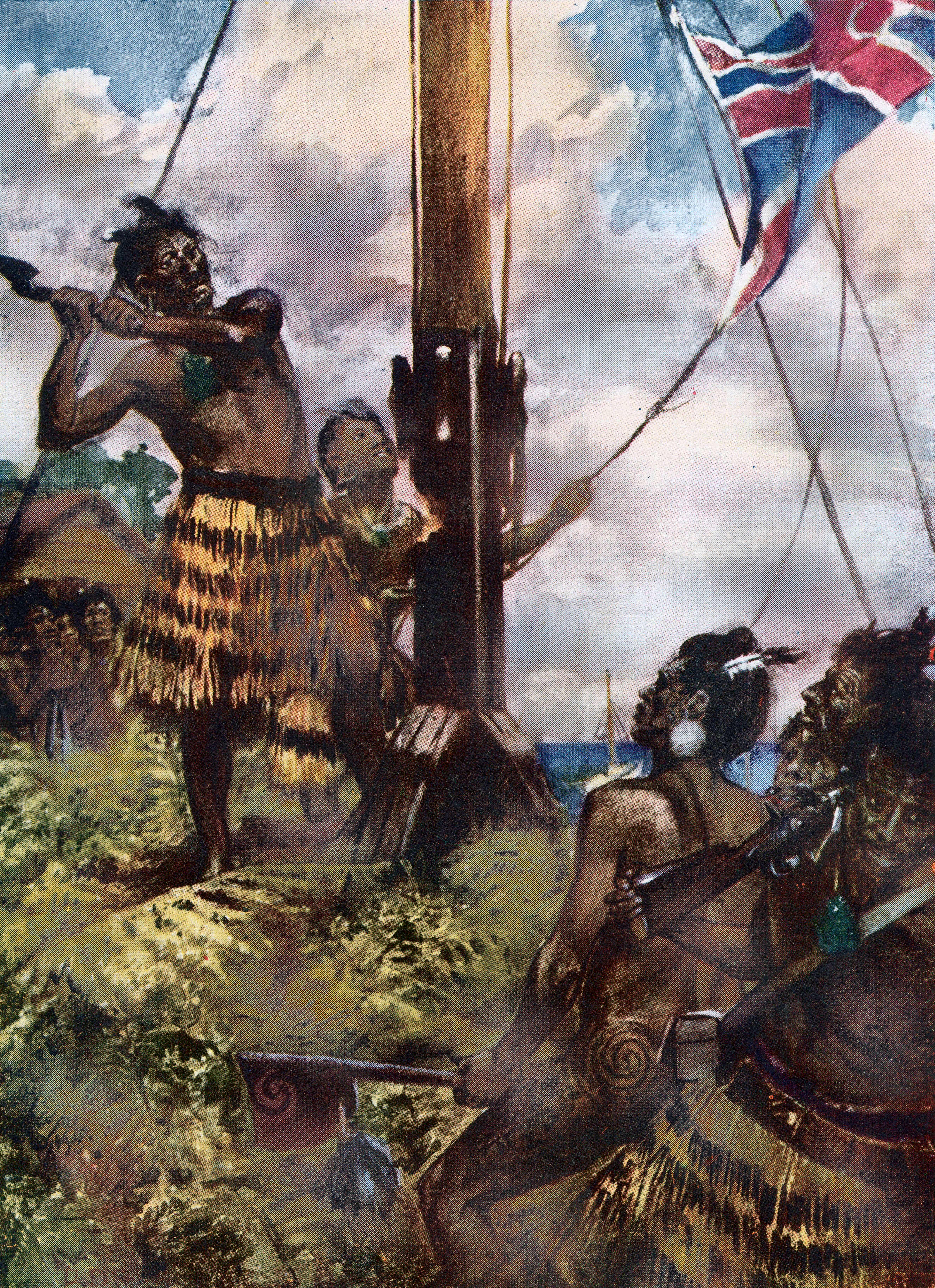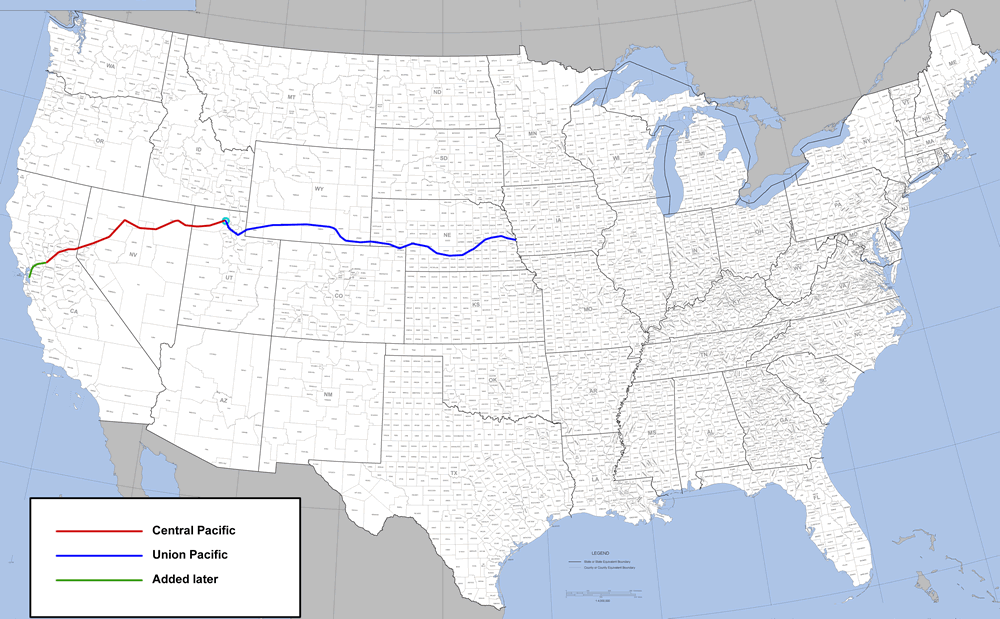|
October 31
Events Pre-1600 * 475 – Romulus Augustulus is proclaimed Western Roman Emperor. * 683 – During the Siege of Mecca, the Kaaba catches fire and is burned down. * 802 – Empress Irene is deposed and banished to Lesbos. Conspirators place Nikephoros, the minister of finance, on the Byzantine throne. * 932 – Abbasid caliph al-Muqtadir is killed while fighting against the forces of general Mu'nis al-Muzaffar. Al-Muqtadir's brother al-Qahir is chosen to succeed him. *1517 – Protestant Reformation: Martin Luther posts his 95 Theses on the door of the Castle Church in Wittenberg. *1587 – Leiden University Library opens its doors after its founding in 1575. 1601–1900 *1822 – Emperor Agustín de Iturbide attempts to dissolve the Congress of the Mexican Empire. *1863 – The New Zealand Wars resume as British forces in New Zealand led by General Duncan Cameron begin their Invasion of the Waikato. *1864 – Nevada is admitted as ... [...More Info...] [...Related Items...] OR: [Wikipedia] [Google] [Baidu] |
Romulus Augustulus
Romulus Augustus ( 465 – after 511), nicknamed Augustulus, was Roman emperor of the West from 31 October 475 until 4 September 476. Romulus was placed on the imperial throne by his father, the ''magister militum'' Orestes, and, at that time, still a minor, was little more than a figurehead for his father. After Romulus ruled for just ten months, the barbarian general Odoacer defeated and killed Orestes and deposed Romulus. As Odoacer did not proclaim any successor, Romulus is typically regarded as the last Western Roman emperor, his deposition marking the end of the Western Roman Empire as a political entity, despite the fact that Julius Nepos would continue to be recognised as the western emperor by the east. The deposition of Romulus Augustulus is also sometimes used by historians to mark the transition from antiquity to the medieval period. Very few records survive of Romulus' reign. There are no known policies, laws or inscriptions of significance of the emperor, whic ... [...More Info...] [...Related Items...] OR: [Wikipedia] [Google] [Baidu] |
Wittenberg
Wittenberg ( , ; Low Saxon: ''Wittenbarg''; meaning ''White Mountain''; officially Lutherstadt Wittenberg (''Luther City Wittenberg'')), is the fourth largest town in Saxony-Anhalt, Germany. Wittenberg is situated on the River Elbe, north of Leipzig and south-west of Berlin, and has a population of 46,008 (2018). Wittenberg is famous for its close connection with Martin Luther and the Protestant Reformation, for which it received the honourific ''Lutherstadt''. Several of Wittenberg's buildings are associated with the events, including a preserved part of the Augustinian monastery in which Luther lived, first as a monk and later as owner with his wife Katharina von Bora and family, considered to be the world's premier museum dedicated to Luther. Wittenberg was also the seat of the Elector of Saxony, a dignity held by the dukes of Saxe-Wittenberg, making it one of the most powerful cities in the Holy Roman Empire. Today, Wittenberg is an industrial centre and popular tourist ... [...More Info...] [...Related Items...] OR: [Wikipedia] [Google] [Baidu] |
Nevada
Nevada ( ; ) is a state in the Western region of the United States. It is bordered by Oregon to the northwest, Idaho to the northeast, California to the west, Arizona to the southeast, and Utah to the east. Nevada is the 7th-most extensive, the 32nd-most populous, and the 9th-least densely populated of the U.S. states. Nearly three-quarters of Nevada's people live in Clark County, which contains the Las Vegas–Paradise metropolitan area, including three of the state's four largest incorporated cities. Nevada's capital is Carson City. Las Vegas is the largest city in the state. Nevada is officially known as the "Silver State" because of the importance of silver to its history and economy. It is also known as the "Battle Born State" because it achieved statehood during the Civil War (the words "Battle Born" also appear on its state flag); as the " Sagebrush State", for the native plant of the same name; and as the " Sage-hen State". The name means "snowy" in Spanish, ... [...More Info...] [...Related Items...] OR: [Wikipedia] [Google] [Baidu] |
1864
Events January–March * January 13 – American songwriter Stephen Foster (" Oh! Susanna", " Old Folks at Home") dies aged 37 in New York City, leaving a scrap of paper reading "Dear friends and gentle hearts". His parlor song " Beautiful Dreamer" is published in March. * January 16 – Denmark rejects an Austrian-Prussian ultimatum to repeal the Danish Constitution, which says that Schleswig-Holstein is part of Denmark. * January 21 – New Zealand Wars: The Tauranga campaign begins. * February – John Wisden publishes '' The Cricketer's Almanack for the year 1864'' in England; it will go on to become the major annual cricket reference publication. * February 1 – Danish-Prussian War (Second Schleswig War): 57,000 Austrian and Prussian troops cross the Eider River into Denmark. * February 15 – Heineken brewery founded in Netherlands. * February 17 – American Civil War: The tiny Confederate hand-propelled submarine ''H. L ... [...More Info...] [...Related Items...] OR: [Wikipedia] [Google] [Baidu] |
Invasion Of The Waikato
The Invasion of the Waikato became the largest and most important campaign of the 19th-century New Zealand Wars. Hostilities took place in the North Island of New Zealand between the military forces of the colonial government and a federation of Māori tribes known as the Kingitanga Movement. The Waikato is a territorial region with a northern boundary somewhat south of the present-day city of Auckland. The campaign lasted for nine months, from July 1863 to April 1864. The invasion was aimed at crushing Kingite power (which European settlers saw as a threat to colonial authority) and also at driving Waikato Māori from their territory in readiness for occupation and settlement by European colonists. The campaign was fought by a peak of about 14,000 Imperial and colonial troops and about 4,000 Māori warriors drawn from more than half the major North Island tribal groups. Plans for the invasion were drawn up at the close of the First Taranaki War in 1861 but the Colonial Of ... [...More Info...] [...Related Items...] OR: [Wikipedia] [Google] [Baidu] |
Duncan Cameron (British Army Officer)
General Sir Duncan Alexander Cameron, (20 May 18088 June 1888) was a British Army officer who fought in the Crimean War and part of the New Zealand Wars. He was later a governor of the Royal Military College, Sandhurst. Born into a family with a military tradition, Cameron joined the British Army in 1825. Commissioned into the 42nd Regiment of Foot, he had risen to the rank of lieutenant-colonel by 1854 and was a battalion commander. He served in the Crimean War and fought in the Battle of Alma. Afterwards, he assumed command of the Highland Brigade and led it through the Battle of Balaclava and the Siege of Sevastopol. He finished the war as a temporary major-general and received several honours for his service. He then held a series of educational and advisory posts with the British Army before becoming Commander-in-Chief, Scotland in 1860. The following year, Cameron was appointed commander of British forces in New Zealand, which was dealing with the ongoing New Zealand ... [...More Info...] [...Related Items...] OR: [Wikipedia] [Google] [Baidu] |
British Empire
The British Empire was composed of the dominions, colonies, protectorates, mandates, and other territories ruled or administered by the United Kingdom and its predecessor states. It began with the overseas possessions and trading posts established by England between the late 16th and early 18th centuries. At its height it was the largest empire in history and, for over a century, was the foremost global power. By 1913, the British Empire held sway over 412 million people, of the world population at the time, and by 1920, it covered , of the Earth's total land area. As a result, its constitutional, legal, linguistic, and cultural legacy is widespread. At the peak of its power, it was described as " the empire on which the sun never sets", as the Sun was always shining on at least one of its territories. During the Age of Discovery in the 15th and 16th centuries, Portugal and Spain pioneered European exploration of the globe, and in the process established ... [...More Info...] [...Related Items...] OR: [Wikipedia] [Google] [Baidu] |
New Zealand Wars
The New Zealand Wars took place from 1845 to 1872 between the New Zealand colonial government and allied Māori on one side and Māori and Māori-allied settlers on the other. They were previously commonly referred to as the Land Wars or the Māori Wars, while Māori language names for the conflicts included ("the great New Zealand wars") and ("the white man's anger"). Historian James Belich popularised the name "New Zealand Wars" in the 1980s, although according to Vincent O'Malley, the term was first used by historian James Cowan in the 1920s. Though the wars were initially localised conflicts triggered by tensions over disputed land purchases, they escalated dramatically from 1860 as the government became convinced it was facing united Māori resistance to further land sales and a refusal to acknowledge Crown sovereignty. The colonial government summoned thousands of British troops to mount major campaigns to overpower the Kīngitanga (Māori King) movement and also c ... [...More Info...] [...Related Items...] OR: [Wikipedia] [Google] [Baidu] |
1863
Events January–March * January 1 – Abraham Lincoln signs the Emancipation Proclamation during the third year of the American Civil War, making the abolition of slavery in the Confederate states an official war goal. It proclaims the freedom of 3.1 million of the nation's four million slaves and immediately frees 50,000 of them, with the rest freed as Union armies advance. * January 2 – Lucius Tar Painting Master Company (''Teerfarbenfabrik Meirter Lucius''), predecessor of Hoechst, as a worldwide chemical manufacturing brand, founded in a suburb of Frankfurt am Main, Germany. * January 4 – The New Apostolic Church, a Christian and chiliastic church, is established in Hamburg, Germany. * January 7 – In the Swiss canton of Ticino, the village of Bedretto is partly destroyed and 29 killed, by an avalanche. * January 8 ** The Yorkshire County Cricket Club is founded at the Adelphi Hotel, in Sheffield, England. ** American Civil Wa ... [...More Info...] [...Related Items...] OR: [Wikipedia] [Google] [Baidu] |
First Mexican Empire
The Mexican Empire ( es, Imperio Mexicano, ) was a constitutional monarchy, the first independent government of Mexico and the only former colony of the Spanish Empire to establish a monarchy after independence. It is one of the few modern-era, independent monarchies that have existed in the Americas, along with the Brazilian Empire. It is typically denominated as the First Mexican Empire to distinguish it from the Second Mexican Empire. Agustín de Iturbide, the sole monarch of the empire, was originally a Mexican military commander under whose leadership independence from Spain was gained in September 1821. His popularity culminated in mass demonstrations on 18 May 1822, in favour of making him emperor of the new nation, and the very next day congress hastily approved the matter. A sumptuous coronation ceremony followed in July. The empire was plagued throughout its short existence by questions about its legality, conflicts between congress and the emperor, and a bankrupt t ... [...More Info...] [...Related Items...] OR: [Wikipedia] [Google] [Baidu] |
Agustín De Iturbide
Agustín de Iturbide (; 27 September 178319 July 1824), full name Agustín Cosme Damián de Iturbide y Arámburu and also known as Agustín of Mexico, was a Mexican army general and politician. During the Mexican War of Independence, he built a successful political and military coalition that took control in Mexico City on 27 September 1821, decisively gaining independence for Mexico. After securing the secession of Mexico from Spain, Iturbide was proclaimed president of the Regency in 1821; a year later, he was proclaimed Emperor of Mexico, reigning briefly from 19 May 1822 to 19 March 1823. In May 1823 he went into exile in Europe. When he returned to Mexico in July 1824, he was arrested and executed. He designed the Mexican flag. Life before the war of independence Agustín Cosme Damián de Iturbide y Arámburu was born in what was called Valladolid, now Morelia, the state capital of Michoacán, on 27 September 1783. He was baptized with the names of Saints Cos ... [...More Info...] [...Related Items...] OR: [Wikipedia] [Google] [Baidu] |
1822
Events January–March * January 1 – The Greek Constitution of 1822 is adopted by the First National Assembly at Epidaurus. *January 3 - The famous French explorer, Aimé Bonpland, is made prisoner in Paraguay accused of being a spy. * January 7 – The first group of freed slaves from the United States arrive on the west coast of Africa, founding Monrovia on April 25. * January 9 – The Portuguese prince Pedro I of Brazil decides to stay in Brazil against the orders of the Portuguese King João VI, beginning the Brazilian independence process. * January 13 – The design of the modern-day flag of Greece is adopted by the First National Assembly at Epidaurus, for their naval flag. * January 14 – Greek War of Independence: Acrocorinth is captured by Theodoros Kolokotronis and Demetrios Ypsilantis. * February 6 – Chinese junk '' Tek Sing'' sinks in the South China Sea, with the loss of around 1,600 people on board. * February 9 – The invading Haitian f ... [...More Info...] [...Related Items...] OR: [Wikipedia] [Google] [Baidu] |

.png)






